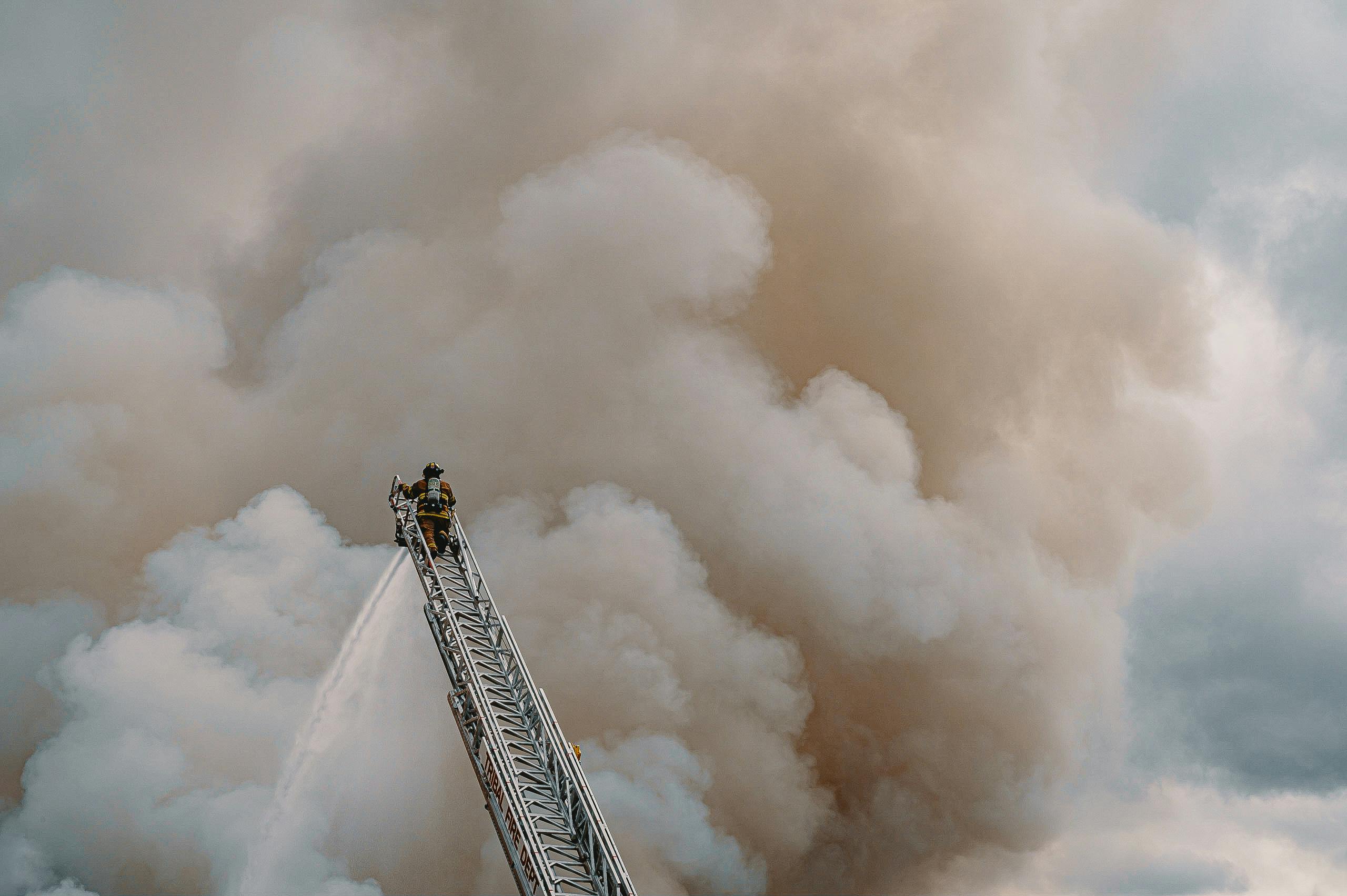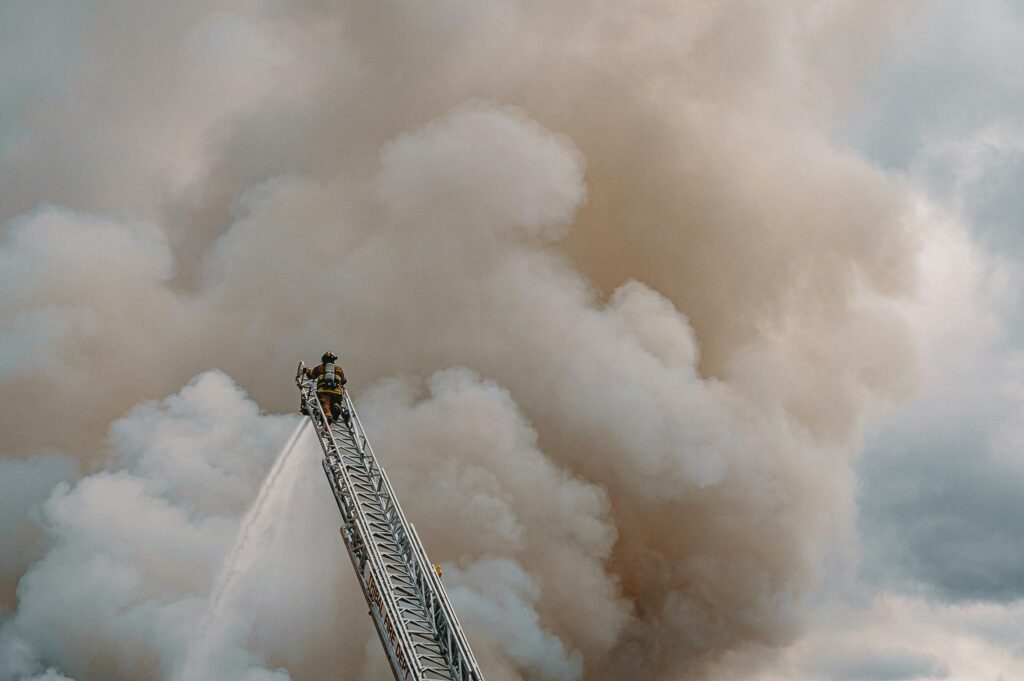
Smog and its effects to our health
Smog is a type of air pollution that is a mixture of smoke, fog, and other pollutants. It forms when certain conditions such as weather, human activities, and chemical reactions combine to create a harmful atmosphere. Smog in Punjab and other area is increasing now a days. Smog is typically categorized into two types: industrial smog and photochemical smog.
Industrial Smog (Gray Smog):
- Typically occurs in areas with heavy industrial activity and is primarily associated with the burning of coal and other fossil fuels.
- It is composed of sulfur dioxide (SO₂), particulate matter (soot), and water vapor.
- Common in colder climates, especially in the past before stricter air pollution regulations were implemented.
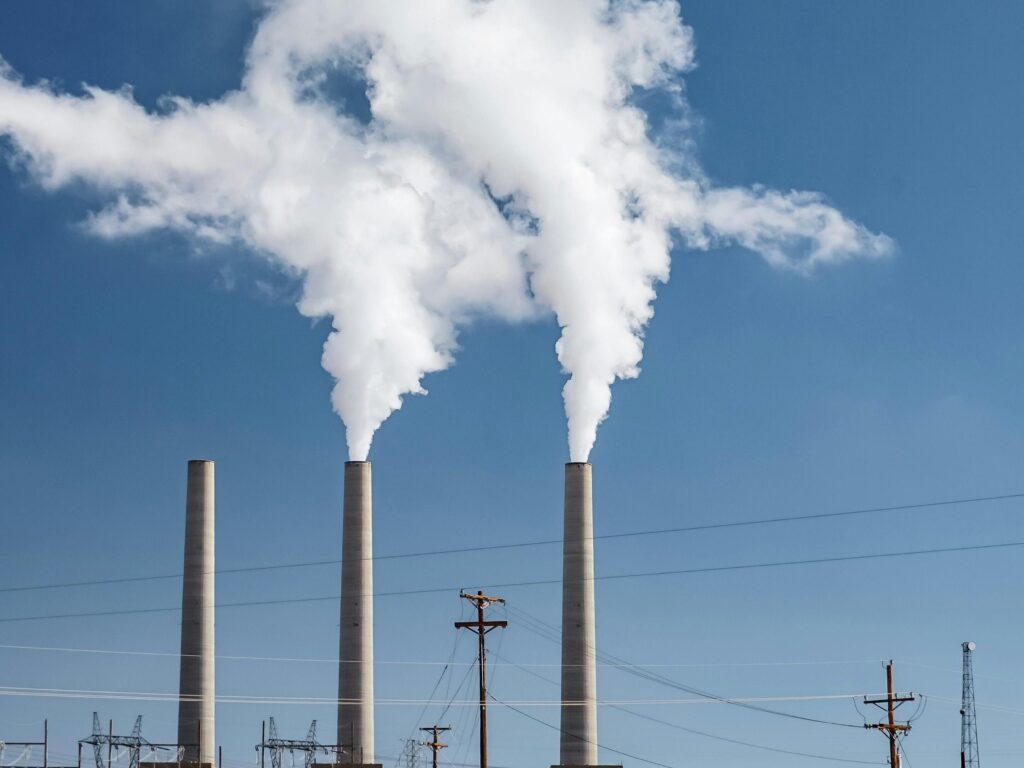
Photochemical Smog (Brown Smog):
- Forms in warm, sunny climates and is the result of chemical reactions between sunlight and pollutants like nitrogen oxides (NOₓ) and volatile organic compounds (VOCs) emitted from vehicles, industrial emissions, and chemical solvents.
- This leads to the formation of ground-level ozone (O₃), a harmful pollutant that can irritate the respiratory system and contribute to a haze in the atmosphere.
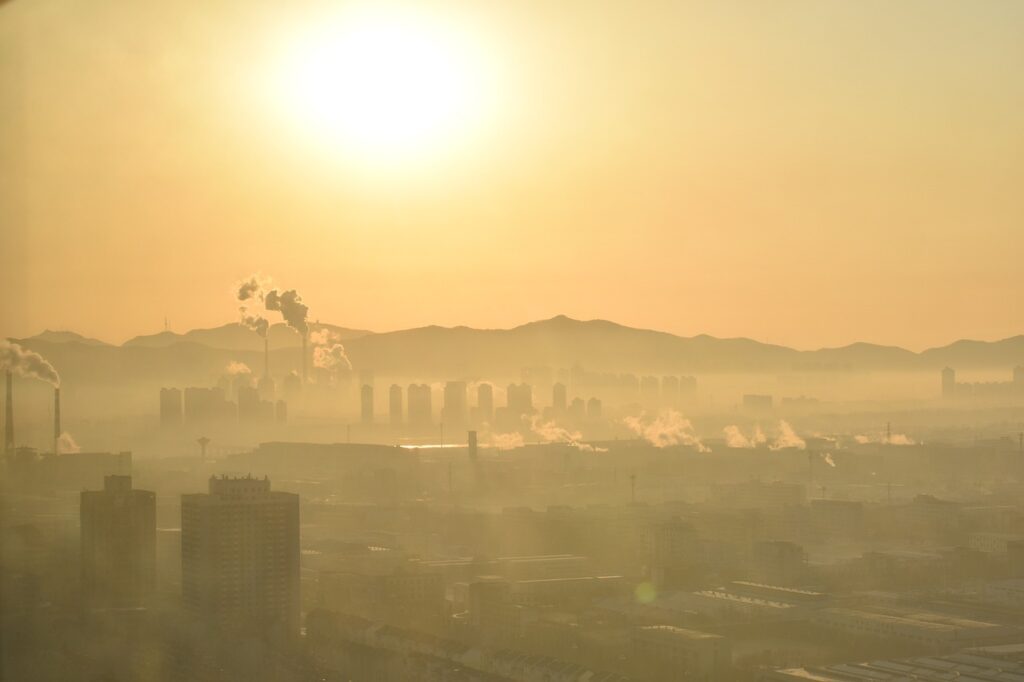
Reasons for Smog Formation:
Vehicular Emissions:
Car exhaust contains nitrogen oxides and hydrocarbons that can react with sunlight to form photochemical smog.
Industrial Activities:
Factories, power plants, and industrial complexes release sulfur dioxide (SO₂) and particulate matter into the atmosphere.
Burning of Fossil Fuels:
The combustion of coal, oil, and gas for energy production releases pollutants that contribute to smog.
Agricultural Practices:
The use of fertilizers and pesticides can release VOCs, contributing to the formation of photochemical smog.
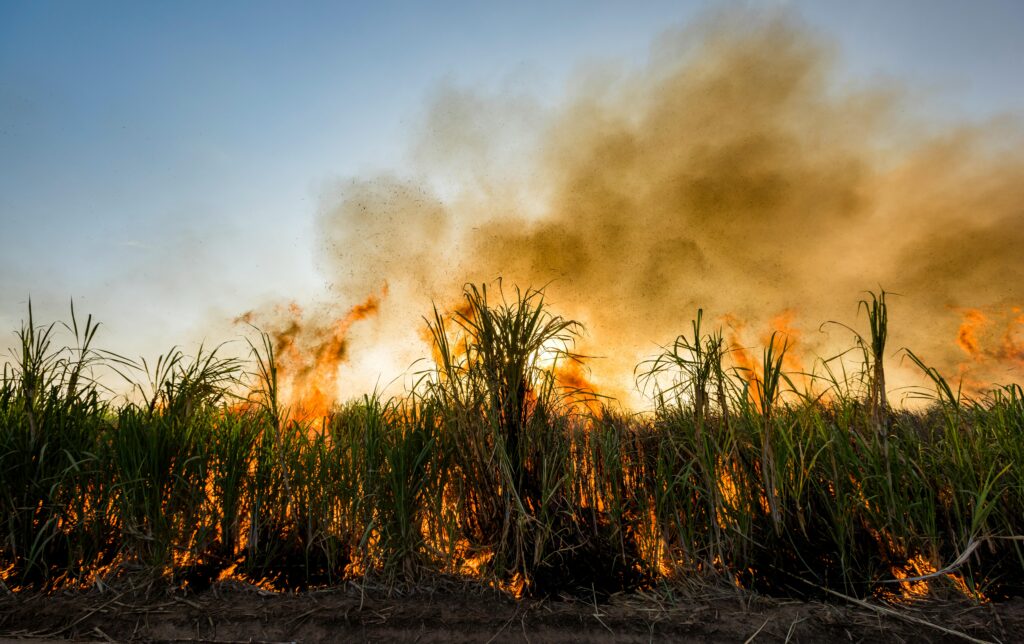
Meteorological Conditions:
Warm, sunny weather is ideal for the formation of photochemical smog, while cold, still air can trap pollutants close to the ground, contributing to industrial smog.
Urbanization:
Increased population density, transportation, and industrial development lead to higher pollutant emissions, exacerbating smog formation.
Health Effects of Smog:
Respiratory Issues:
Smog, especially photochemical smog, can cause or exacerbate conditions like asthma, bronchitis, emphysema, and other lung diseases. The presence of ground-level ozone irritates the airways, leading to coughing, shortness of breath, and wheezing.
Cardiovascular Problems:
Long-term exposure to smog can increase the risk of heart disease by causing inflammation in the blood vessels and increasing oxidative stress, which can damage the heart and arteries.
Decreased Lung Function:
Chronic exposure to smog can impair lung development in children and reduce lung function in adults, potentially leading to permanent damage.
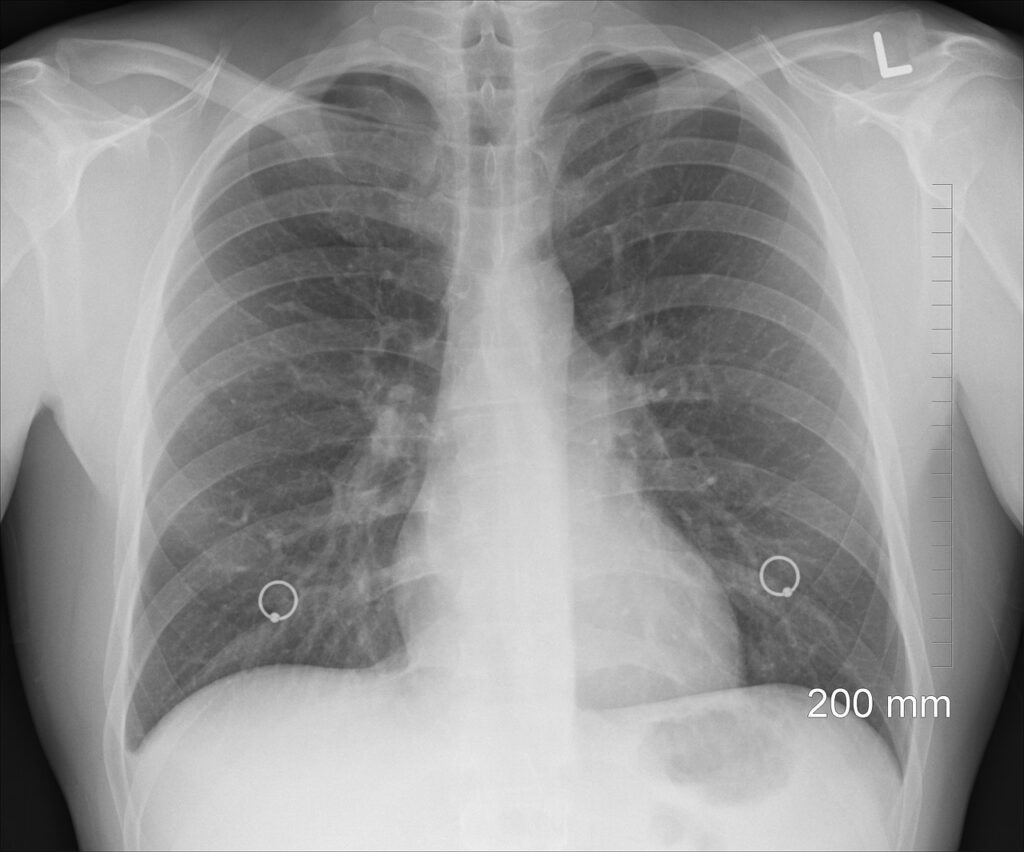
Increased Mortality Rates:
Studies have shown that long term exposure to smog can increase the risk of premature death due to respiratory and cardiovascular diseases.
Vulnerable Groups:
Children, the elderly, and individuals with pre-existing respiratory conditions (like asthma or COPD) are more susceptible to the harmful effects of smog.
Effects on Eyes:
Eye Irritation:
Smog can cause burning, itching, and stinging sensations in the eyes due to the presence of ground-level ozone and particulate matter.
Conjunctivitis (Pink Eye):
Prolonged exposure to smog can lead to inflammation of the conjunctiva (the thin membrane covering the eye), causing symptoms like redness, swelling, and discharge.
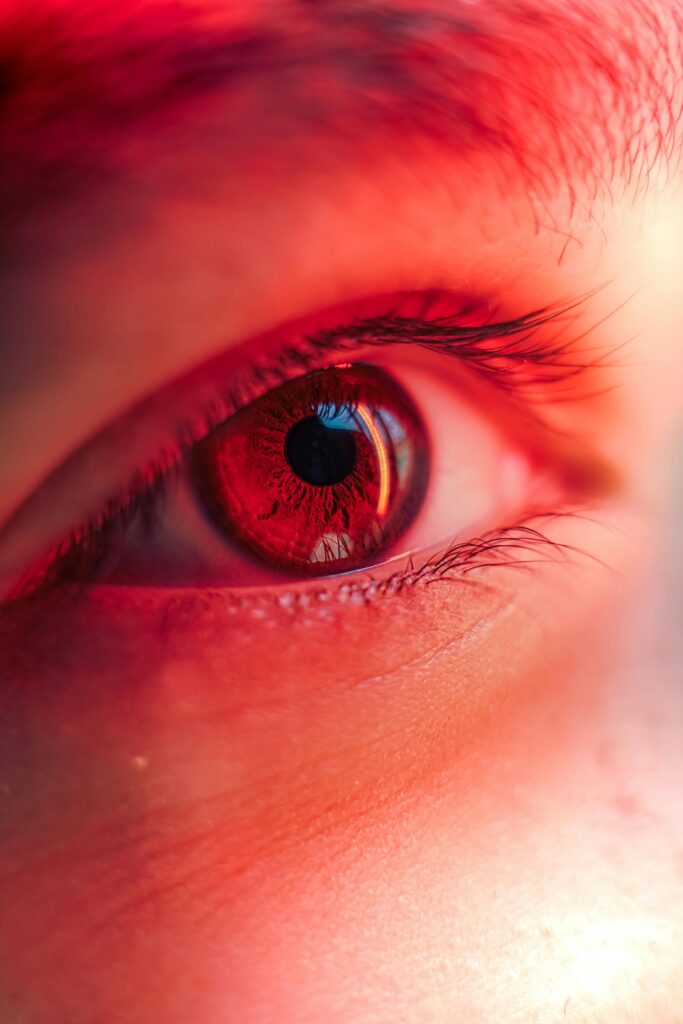
Dry Eyes:
Smog can also lead to dry eye syndrome, where the eyes feel gritty, itchy, and uncomfortable due to exposure to airborne irritants.
Increased Sensitivity:
People with sensitive eyes may experience heightened discomfort or an increased risk of eye infections from prolonged exposure to smog.
Precautions to Reduce Exposure to Smog:
Limit Outdoor Activities:
On days with high smog levels, try to stay indoors, especially during peak smog hours (usually early morning or late afternoon).
Check Air Quality Index (AQI):
Many cities provide real time air quality information. Monitoring the AQI can help you decide whether it’s safe to go outside.
Stay Indoors During High Pollution:
During smoggy days, keeping windows and doors closed can reduce the amount of pollutants entering your home.
Use Air Purifiers:
Using HEPA filters or air purifiers at home can help remove particulate matter from the air inside your home.
Wear Protective Gear:
If you need to be outdoors in a smog-prone area, consider wearing protective goggles to shield your eyes from irritants, and wear a mask to filter out airborne pollutants, such as a high-quality N95 mask.
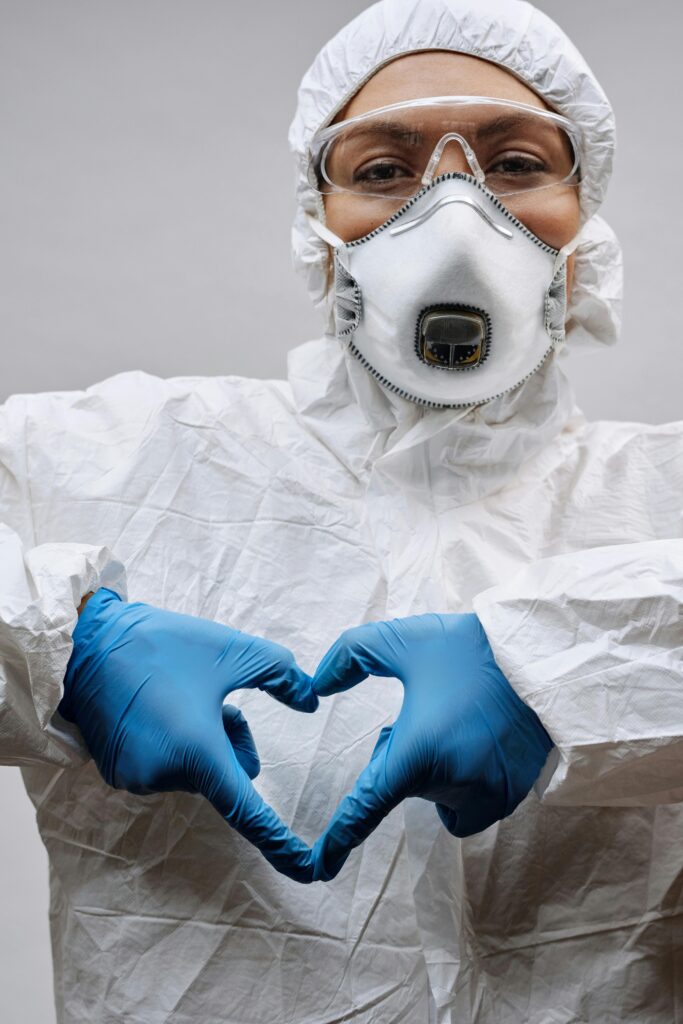
Avoid Physical Exertion:
Avoid vigorous exercise or strenuous outdoor activities when smog levels are high to reduce your risk of respiratory issues.
Increase Ventilation at Home:
When air quality improves (i.e., when smog levels decrease), ventilate your home to remove trapped pollutants.
Reduce Indoor Pollution:
Avoid activities that can worsen indoor air quality, such as smoking or burning candles, and ensure your home is well ventilated.
Install Plants:
Certain houseplants (like peace lilies and spider plants) are known to help purify indoor air by absorbing VOCs.
Long-Term Measures to Combat Smog:
Reduce Vehicle Emissions:
Using public transport, carpooling, or opting for electric vehicles can reduce the amount of nitrogen oxides and hydrocarbons released into the atmosphere.
Promote Clean Energy:
Transitioning to renewable energy sources (like solar, wind, and hydroelectric power) reduces reliance on fossil fuels and decreases emissions.
Green Spaces:
Creating and maintaining parks, green roofs, and urban forests can help absorb pollutants and improve air quality in cities.
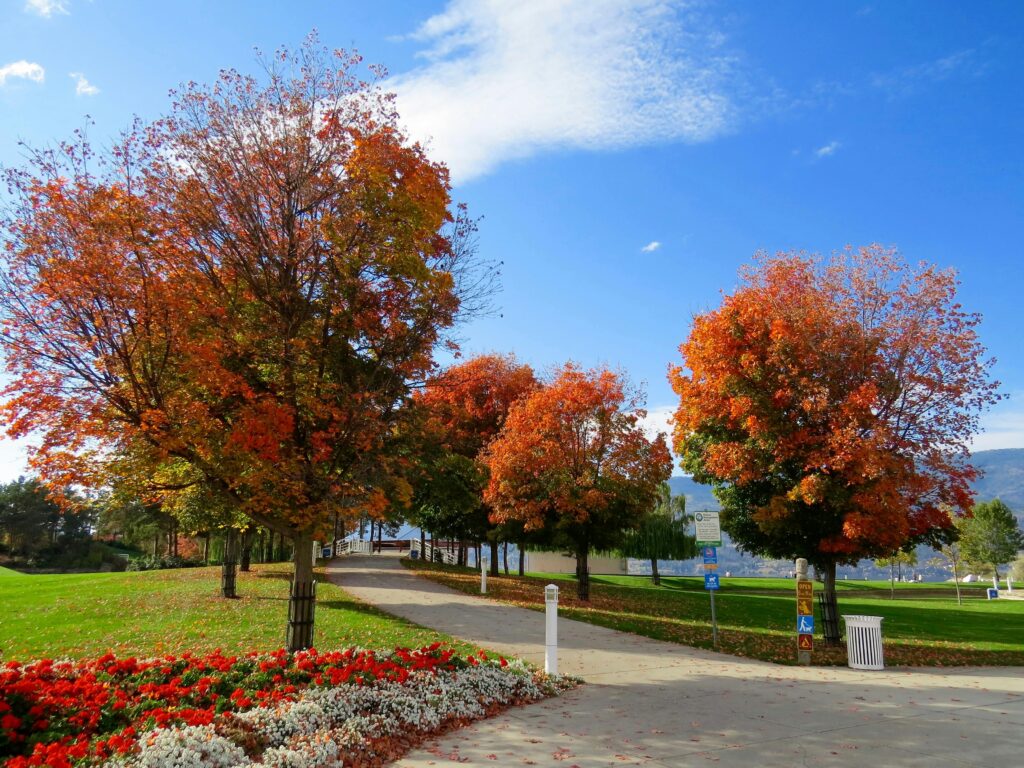
Strict Regulations:
Governments can implement stricter environmental regulations to reduce industrial emissions, improve fuel quality, and promote sustainable practices.
In summary, smog is a dangerous pollutant that has a significant impact on both human health and the environment. Reducing exposure to smog through precautions and taking long term measures to reduce pollution can help protect individuals and communities from its harmful effects.
